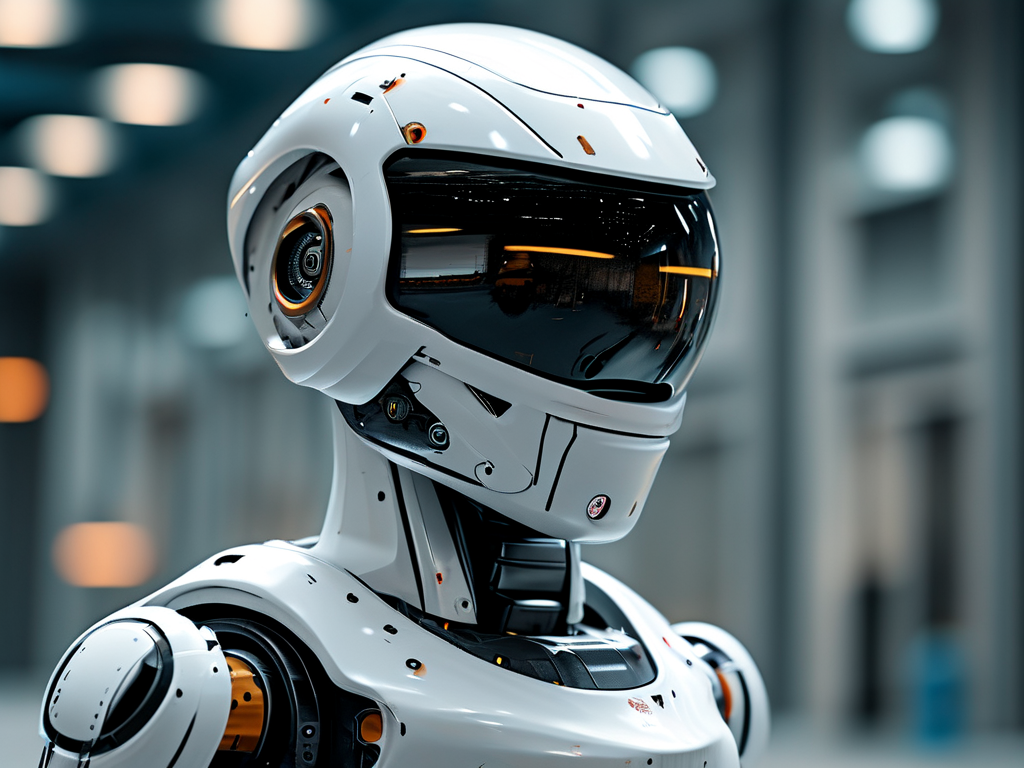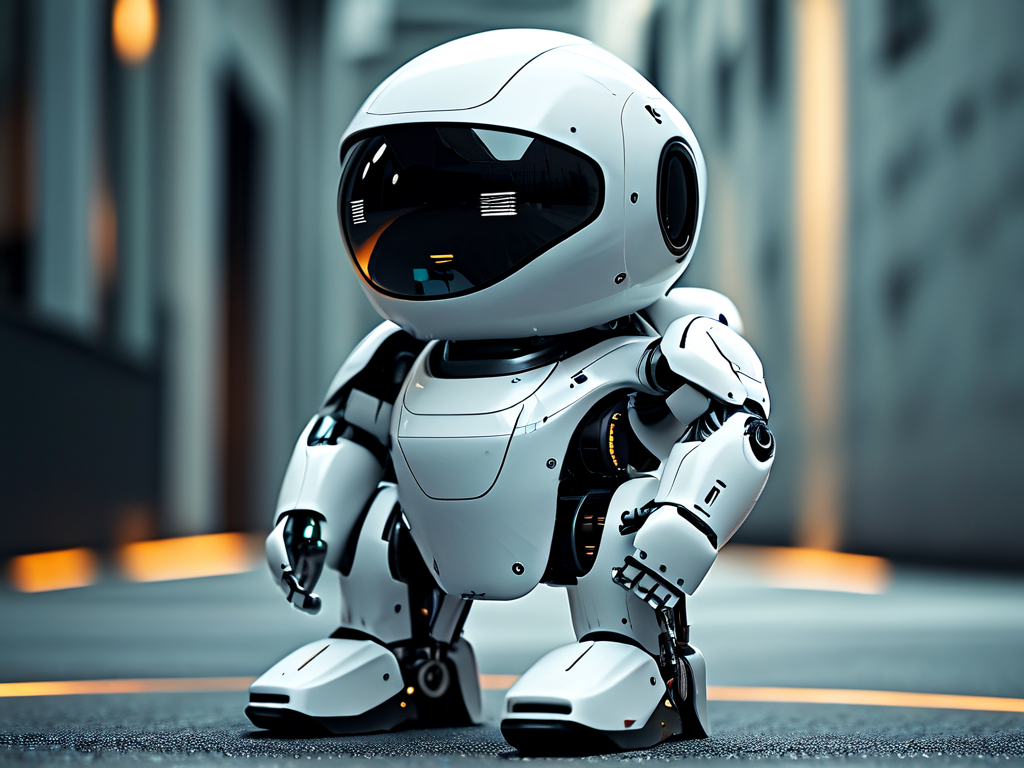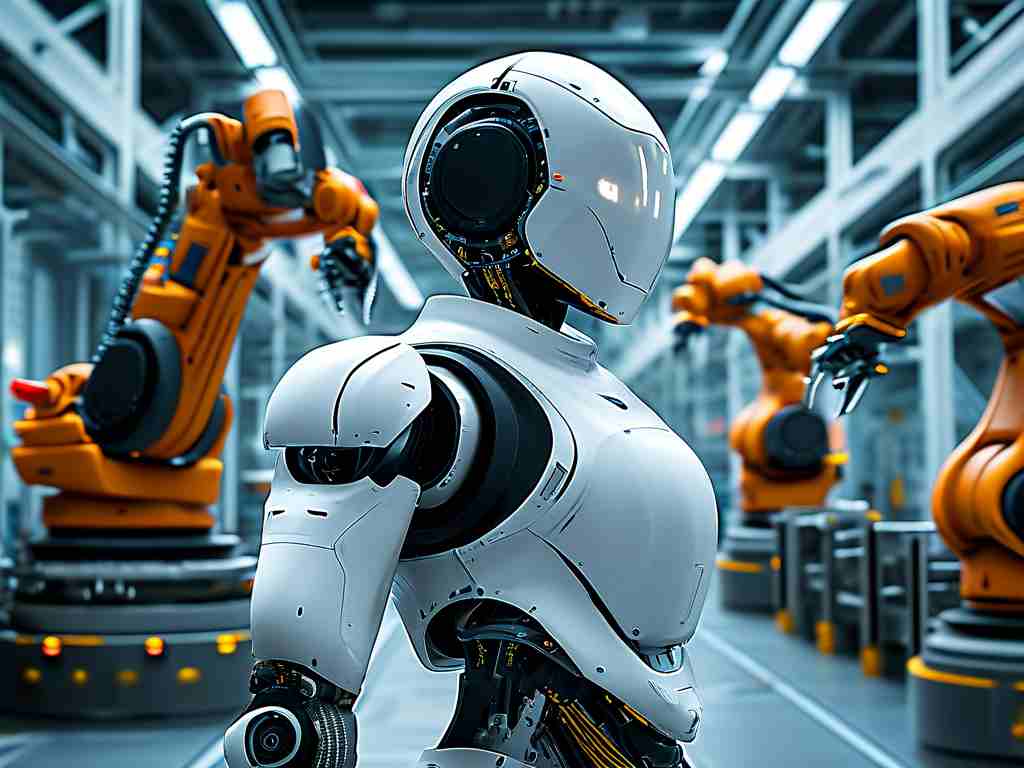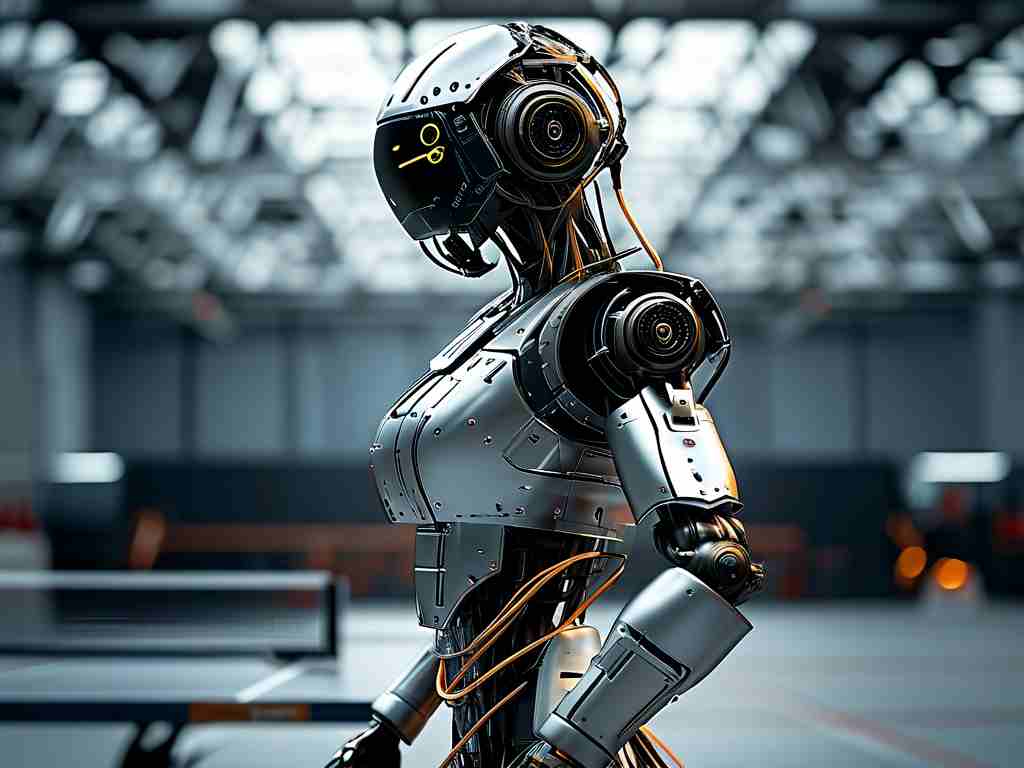The global landscape of robotics technology has undergone seismic shifts over the past decade, with nations competing to dominate this transformative field. As industries increasingly integrate automation and artificial intelligence, a country’s standing in robotics innovation often reflects its economic resilience and technological prowess. This article explores the current world rankings in robotics technology, highlighting key players, breakthroughs, and the strategies propelling their success.
Japan: Precision and Industrial Dominance
Japan remains a titan in robotics, blending decades of expertise in industrial automation with cutting-edge research. Home to industry giants like Fanuc and Yaskawa, the country leads in manufacturing robots, accounting for nearly 45% of global industrial robot installations. Japan’s focus on humanoid robotics, exemplified by Honda’s ASIMO and SoftBank’s Pepper, underscores its ambition to merge machines with daily life. Government initiatives, such as the “Robot Revolution” strategy, further cement its position by funding startups and academic collaborations.
Germany: Engineering Excellence and Industry 4.0
Germany’s robotics strength lies in its precision engineering and seamless integration with smart manufacturing. As the birthplace of Industry 4.0, German firms like KUKA and Siemens have pioneered collaborative robots (cobots) that work alongside humans in factories. The Fraunhofer Society, a network of applied research institutes, drives innovation in areas like autonomous logistics and medical robotics. Germany’s dual education system, which bridges technical training and industry needs, ensures a steady pipeline of skilled engineers.
United States: Silicon Valley and AI-Driven Innovation
The U.S. leverages its tech ecosystem to lead in AI-powered robotics. Companies like Boston Dynamics and Tesla push boundaries in mobility and autonomous systems, while Silicon Valley startups explore niche applications such as agricultural drones and surgical robots. Defense contracts, particularly through DARPA, fuel advancements in disaster-response and military robotics. However, challenges like supply chain gaps and regulatory hurdles highlight the need for cohesive national policies to maintain competitiveness.
China: Rapid Growth and Strategic Investments
China’s ascent in robotics is nothing short of meteoric. Backed by state-funded programs like “Made in China 2025,” the country now produces over 35% of the world’s industrial robots. Firms such as DJI and Ubtech excel in consumer drones and service robotics, respectively. Shenzhen’s hardware ecosystem and massive domestic demand for automation in manufacturing and logistics propel this growth. Yet, reliance on imported core components and intellectual property disputes remain critical hurdles.
South Korea: Automation Adoption and R&D Focus
South Korea boasts the highest robot density globally, with over 900 robots per 10,000 manufacturing employees. Samsung and Hyundai are key players, investing heavily in robotics for electronics and automotive sectors. The government’s “Intelligent Robot Development Plan” prioritizes R&D in soft robotics and AI integration. Public-private partnerships, such as the Robot Land research complex, aim to nurture startups and attract global talent.
Emerging Contenders and Future Trends
Smaller nations like Sweden (ABB), Switzerland (ETH Zurich’s robotics labs), and Singapore (healthcare and service robots) also punch above their weight. Meanwhile, trends like edge computing, 5G-enabled robots, and ethical AI governance are reshaping the field. Collaborative international projects, such as the EU’s Horizon Europe robotics clusters, highlight the growing importance of cross-border cooperation.

The race for robotics supremacy is far from static, with each leader facing unique challenges and opportunities. While Japan and Germany excel in industrial applications, the U.S. and China drive AI innovation and scale. South Korea’s automation density and emerging hubs like Singapore signal a diversified future. For nations aiming to climb the rankings, balancing R&D investment, talent cultivation, and ethical frameworks will be pivotal in shaping the next era of robotics.










